Charles Fremantle
Deputy Master of the Royal Mint 1868-1894
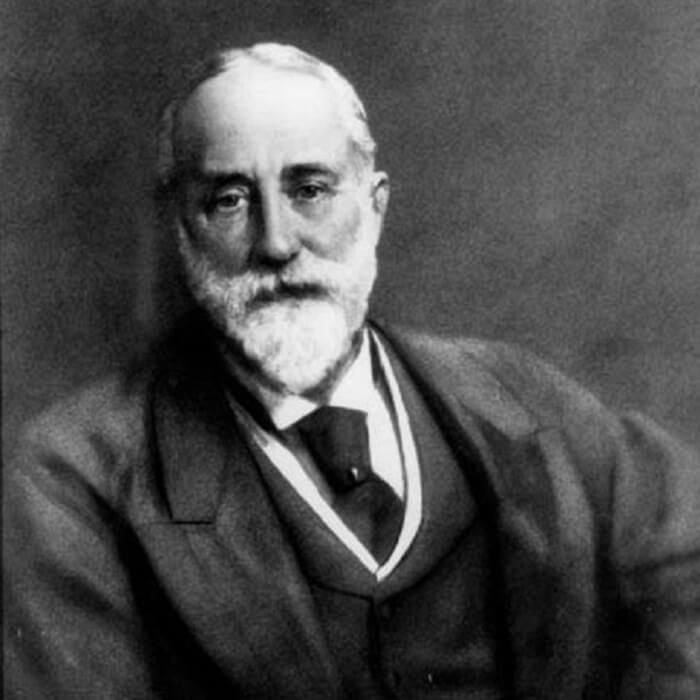
Original appointment
The post of Deputy Master became vacant in 1868 and it fell to Disraeli, as Prime Minister, to select a successor. His choice was Charles Fremantle, a young Treasury civil servant who for a time had been one of his private secretaries. The claims of others, both inside and outside the Royal Mint, were overridden by the need which Disraeli saw for firm management of a Royal Mint which under the Mastership of the chemist Thomas Graham was showing a disappointing lack of energy and administrative skill.
The choice of Fremantle was questioned in the House of Commons, where there was criticism of his connection with Disraeli. But Gladstone, speaking with the authority of one who had been Master of the Royal Mint earlier in his career, supported the appointment. He agreed with Disraeli that the Royal Mint would benefit from the introduction of someone who had not grown up within its walls and who would bring experience of having worked in a great department of State.

The critical reception of the Jubilee coins is illustrated by this cartoon, which appeared in Fun on 6 July 1887
Re-equipping the Royal Mint
In the event Disraeli and Gladstone were proved right, for Fremantle was to become an outstanding Deputy Master. Soon after his appointment Thomas Graham died and though Fremantle may have hoped to succeed to the senior post the Government decided instead to appoint the Chancellor of the Exchequer as ex officio Master. Nevertheless, the effect of this was to enhance the status of Fremantle as Deputy Master, placing him in effective control of the day-to-day management of the Royal Mint. In contrast to the ‘masterly inactivity’ of Graham, Fremantle quickly set about restoring the Royal Mint’s fortunes. With his youthful colleagues, the chemist William Chandler Roberts (later Sir William Chandler Roberts-Austen) and the engineer Robert Hill, he formed a vigorous triumvirate anxious to create an efficient and well-run Royal Mint. In particular they were keen to introduce new equipment, since the Tower Hill mint still largely operated with the original machinery installed some 60 years before. After careful investigation, the Royal Mint duly underwent extensive reconstruction and re-equipment in 1882.
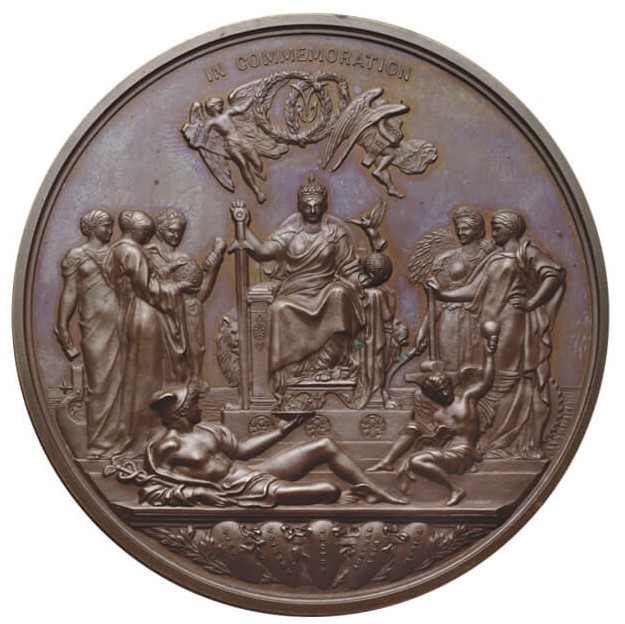
Sir Frederic Leighton’s 'beautiful design' for the official Jubilee commemorative medal of 1887
Accuracy and scientific excellence
Fremantle’s desire for efficiency was accompanied by a proper concern for the accuracy with which coins were made. This is evidenced by his tightening in 1870 of the remedy or acceptable variation in the weight of newly-struck coins and by the introduction in 1873 of more accurate trial plates in order to bring the fineness of gold and silver coins still closer to the legal standard. More generally it is to be seen in his far-sighted encouragement of the researches of Roberts-Austen, who had grown into a distinguished metallurgist of international reputation.
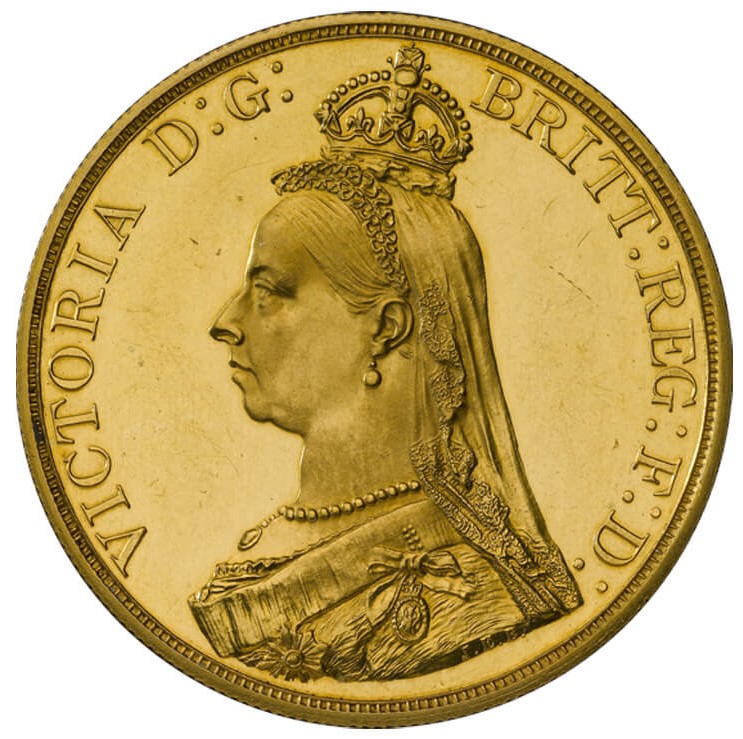
The Jubilee effigy of Queen Victoria by Sir Edgar Boehm
Artistic legacy
Like William Wellesley Pole before him, Fremantle did not neglect the artistic appearance of the coinage, being rightly critical of some of the ‘feeble’ designs in use when he came to the Royal Mint. Improvements were attempted, though not always successfully. For instance, the new gold and silver coins issued in 1887 to coincide with Queen Victoria’s Golden Jubilee provoked a storm of outrage, not least because of the tiny crown perched on the back of the queen’s head. But it was Fremantle in 1871 who reintroduced on the sovereign Pistrucci’s famous design of St George and the dragon.
Knighted in 1890, Fremantle retired four years later at the age of 60. He remains the longest-serving Deputy Master of modern times and is without doubt one of the key figures in the development of the Royal Mint.
You might also like

The Value of Small Change
It is important not to overlook even small coins in poor condition as they can also tell a fascinating story.
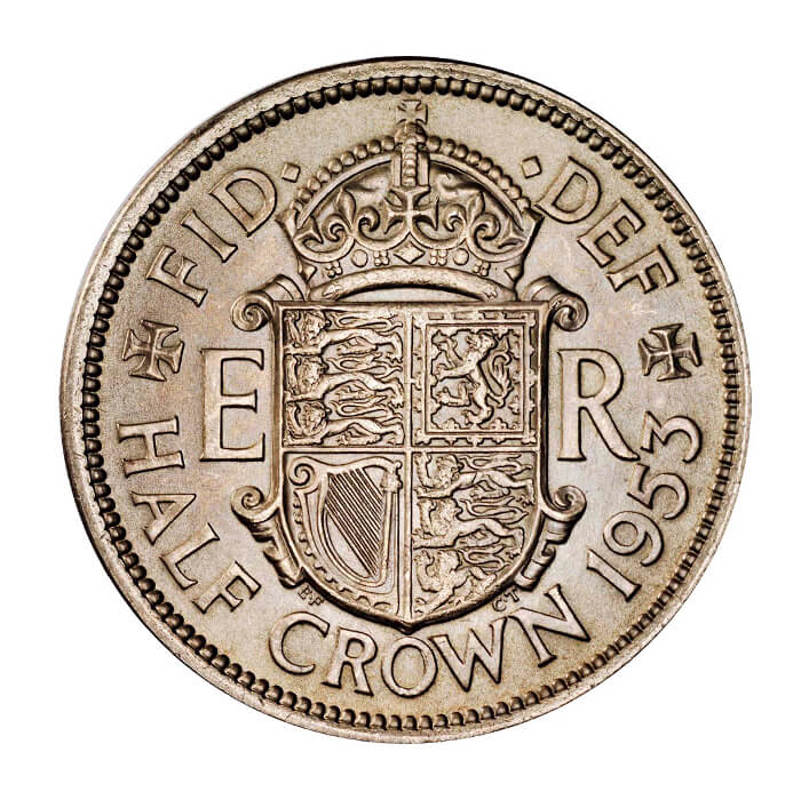
Half-crown
Like the crown, the half-crown was introduced as a gold coin during the reign of Henry VIII.

Sarah Sophia Banks Library
Soon after the establishment of the Royal Mint Museum in 1816 the collection was enhanced by a substantial gift of coins and medals from the estate of Sarah Sophia Banks.
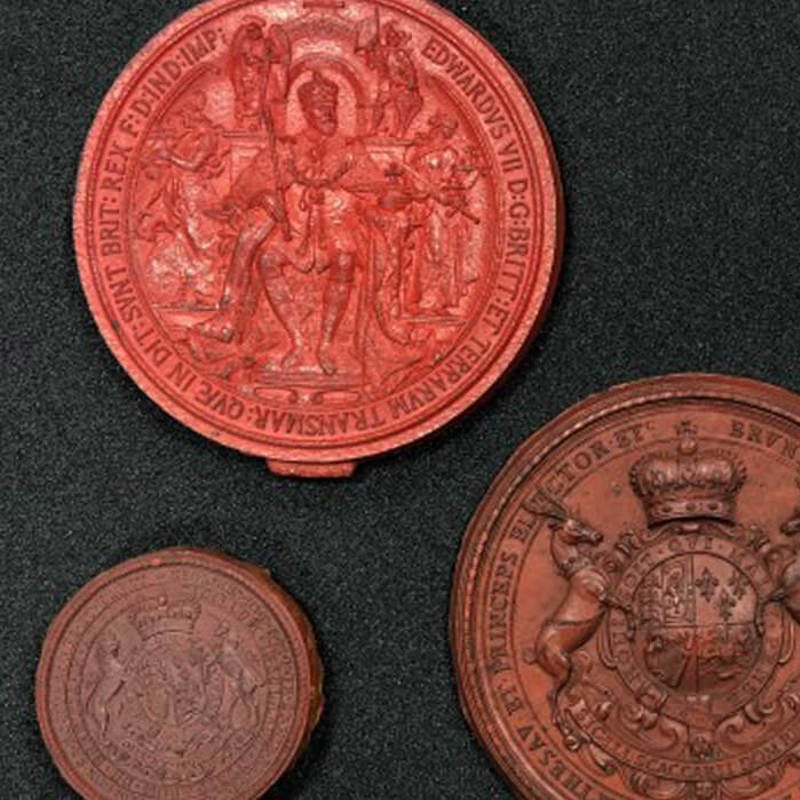
Conserving Wax Seals
Conservator Clare Rowson shares her experiences of a conservation internship at the Royal Mint Museum.
